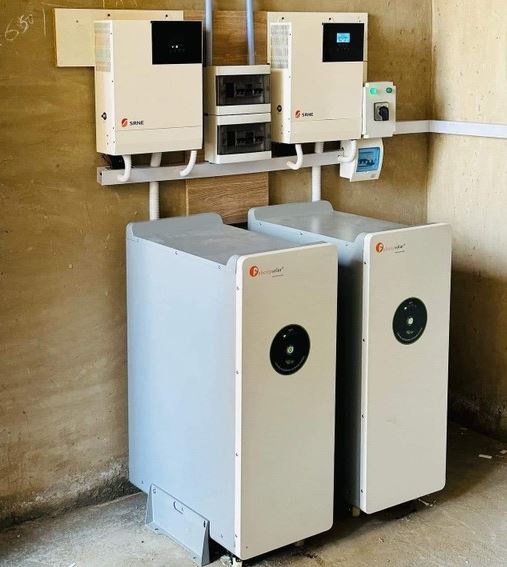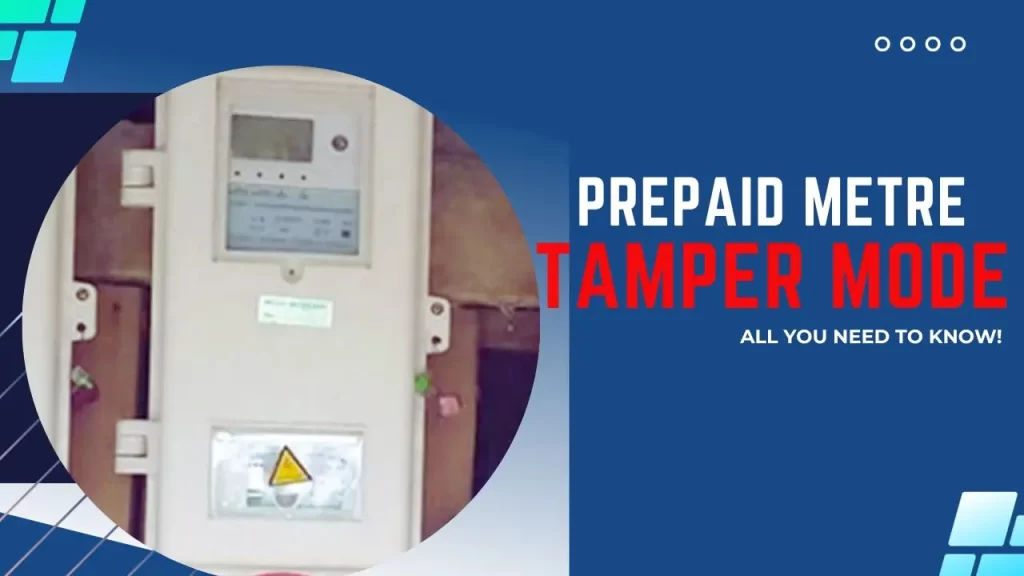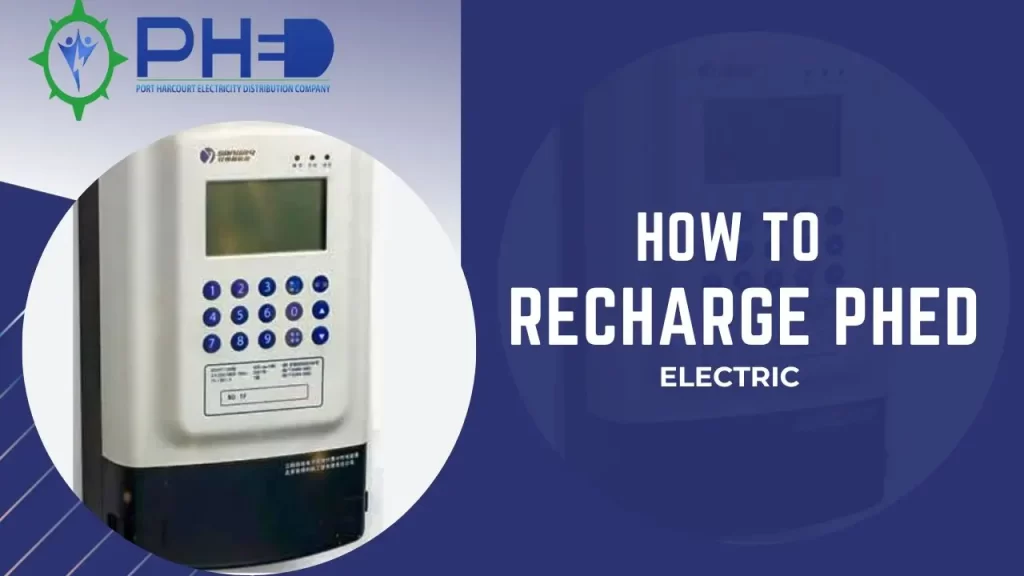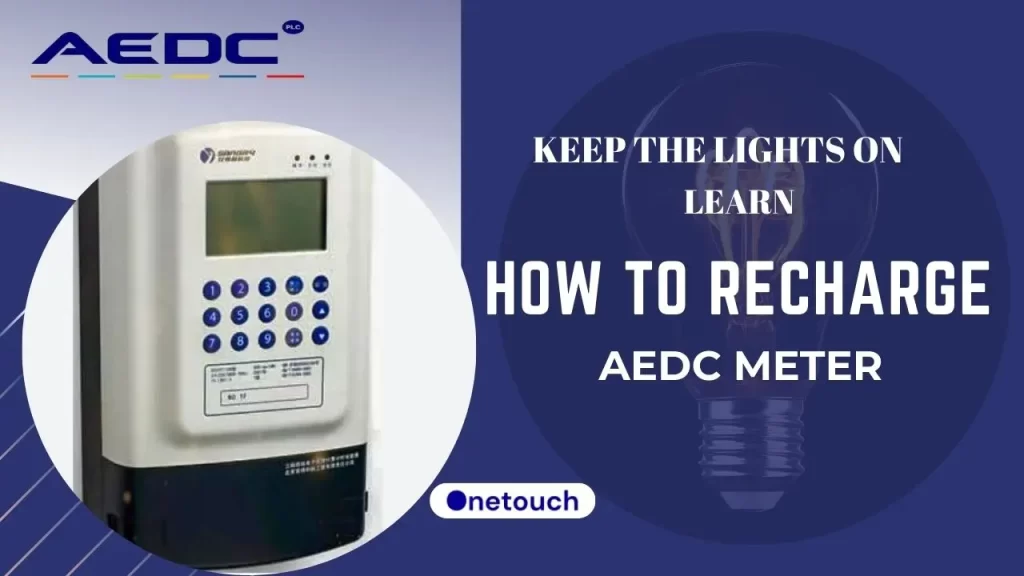
Have you been battling with poor electricity supply by the electricity distribution company or the high electricity cost and want a better solution?
Solar inverter system is the way to go in Nigeria with an epileptic power supply and high electricity bill.
This blog post will dive deep into various aspects of installing a solar inverter system for home and office. Also, tips and tricks needed to run your system without issues.
Things Needed to Install Solar Inverter System for Home and Office
1. Inverter: An inverter is essential to a solar power setup. Its primary function is to convert the direct current (DC) electricity generated by solar panels into alternating current (AC) electricity that can be used to power homes, businesses, and other electrical appliances.
2. Batteries: You decide whether to use wet or dry cell batteries (SMF). If you have an empty room no one uses with windows, backyard or balcony, a wet-cell battery is the best for you. But if your space is limited, you go for the dry cell, which is maintenance-free.
3. Battery rack: Used to keep your batteries organized and above the ground so that liquids cannot easily touch them.
4. Installation accessories: This consists of the wires used in connecting the inverter to the battery, sockets, etc.
5. Solar panels: Used to supply power to the battery from the sun.
6. Solar panel rack: Used to mount the solar panels on the roof.
7. Charge controller: Used to charge the batteries with the power from the solar panels.
8: Stabilizer/ AC surge protector: To protect your inverter if you will also charge the batteries with electricity from the national grid (NEPA).
9. DC surge protector: Protects your charge controller and battery in the case of a thunderstorm or high voltage from the solar panels. It also acts as a cut-off; that is if you don’t want to use the solar source to charge the batteries, you simply switch off the device.
Two Types of Solar Inverters in the Nigerian Market
When considering inverters, one important distinction to understand is the difference between pure sine wave inverters and modified sine wave inverters. These terms refer to the waveform shape of the alternating current (AC) output produced by the inverter.
Pure Sine Wave Inverter:
A pure sine wave inverter generates an AC output that replicates the smooth waveform of utility grid power. It produces a clean and precise sine wave, similar to the power supplied by traditional electrical utilities. Pure sine wave inverters are designed to closely mimic the quality of the grid power, making them compatible with a wide range of electronic devices and appliances. They are capable of powering sensitive equipment, including computers, medical devices, audio/video systems, and variable speed motors, without causing any compatibility issues or potential damage.
Modified Sine Wave Inverter:
A modified sine wave inverter generates an AC output that approximates a square wave with stepped or stair-stepped waveform characteristics. The waveform is not as smooth as a pure sine wave and consists of a series of pulses. While modified sine wave inverters can power many basic appliances and devices, they may not be suitable for certain sensitive electronics or equipment. It can cause noise or interference in audio and video systems.
Pure sine wave inverters are recommended for most applications, especially when powering sensitive electronics or devices with motors or transformers. They provide a clean and reliable AC power output similar to utility grid power (NEPA).
The modified sine wave is cheaper, although the difference isn’t much, but for the safety of your appliances, go for pure sine wave no matter the temptation from your installer or salesman.
Best Solar Inverter Brands
Choosing the right inverter brand for your setup is very important for your home and office.
Now you have known that pure sine wave inverters are the best for you, the next is to choose the best brand to avoid future issues. Do your best to avoid Chinese brands of inverters as much as you can.
Below are some of the good inverter brands you should consider buying.
Luminous: An Indian brand with a reputation for building great inverters and batteries. They have affordable models of inverters.
Glowatt: Although made in China, with American standards.
Victron: A good product from the Netherlands, but expensive.
Smarten: Makes affordable inverters from India.
Cost of Solar Inverter in Nigeria
The cost of a solar inverter depends on the capacity that you need. Below are the price range of solar inverters in Nigeria, depending on the brand.
1kkva – 3kva: 88,000 – 450,000
5kva – 10kva: 320,000 – 1,500,000
Types of Solar Inverter Batteries
Solar inverter batteries are an integral part of solar power systems. They store the excess energy generated by solar panels during the day for later use, typically during times when solar production is low or at night. Here are some common types of solar inverter batteries:
Lithium-Ion Batteries: Lithium-ion (Li-ion) batteries have gained significant popularity in recent years due to their high energy density, longer lifespan, and lightweight design. They offer efficient energy storage and are commonly used in solar power systems. Li-ion batteries are available in different chemistries, such as lithium iron phosphate (LiFePO4), lithium nickel manganese cobalt oxide (NMC), and lithium titanate (LTO). They require minimal maintenance and have a higher depth of discharge (DoD) compared to lead-acid batteries.
Flooded Lead-Acid (FLA) Batteries: Flooded lead-acid batteries, also known as wet cell batteries, are the most traditional and common type of lead-acid batteries. They consist of lead plates submerged in a liquid electrolyte solution of sulfuric acid and water. FLA batteries require regular maintenance to check and refill the electrolyte levels and ensure proper ventilation due to the emission of potentially harmful gases during charging.
Sealed Lead-Acid (SLA) Batteries: Sealed lead-acid batteries, also called valve-regulated lead-acid (VRLA) batteries, are designed to be maintenance-free and sealed to prevent the escape of gases and electrolyte. They use a recombination process to convert hydrogen and oxygen gases back into water, making them suitable for enclosed spaces or locations where regular maintenance is challenging.
Best Solar Battery Brands
Another aspect that is very important in setting up a solar inverter system is the battery brand. This is because once you set it up, what will be required of you to be changing every 2 – 5 years are the batteries. So, it is very important that you buy good quality batteries from reliable brands.
Below are some of the good brands of batteries that you consider buying.
1: Amaron Quanta
2: Luminous
3: Victron
Cost of Solar Battery in Nigeria
The type of battery you want to go for determines the cost of the price.
Below is the price range of solar batteries in Nigeria, depending on the brand.
Cost of Wet Cell (Tubular) Solar Battery in Nigeria
150ah – 220ah: 140,000 – 275,000 Naira
Note: Do not install wet cell batteries indoors; it is meant for outdoors because of the gases it emits, which are not good for your health.
Cost of Dry Cell (SMF) Solar Battery in Nigeria
100ah – 200ah: 120,000 – 220,000
Cost of Lithium-Ion Solar Batteries (LiFePO4) in Nigeria
15kwh 48v Felicity lithium battery cost 2,000,000 Naira as of the time of writing this report.
Types of Solar Panels
Monocrystalline Solar Panels: Monocrystalline panels are made from a single crystal structure, typically silicon. They have a uniform black colour and a high-efficiency rate, making them one of the most efficient types of solar panels available. Monocrystalline panels are known for their sleek appearance, space efficiency, and excellent performance in low-light conditions. However, they tend to be more expensive than other types of solar panels.
Polycrystalline Solar Panels: Polycrystalline panels are made from multiple silicon crystals. They have a blue colour and a lower efficiency rate compared to monocrystalline panels. Polycrystalline panels are less expensive to produce, making them a cost-effective option. Although they have slightly lower efficiency, advancements in technology have narrowed the efficiency gap between monocrystalline and polycrystalline panels in recent years.
Monocrystalline panels typically have higher efficiency rates compared to polycrystalline panels. The single-crystal structure allows for better electron flow, resulting in higher power output per square foot. Monocrystalline panels perform well in a range of conditions, including low-light environments.
There are now all-black monocrystalline panels which are better than the traditional ones, go for it.
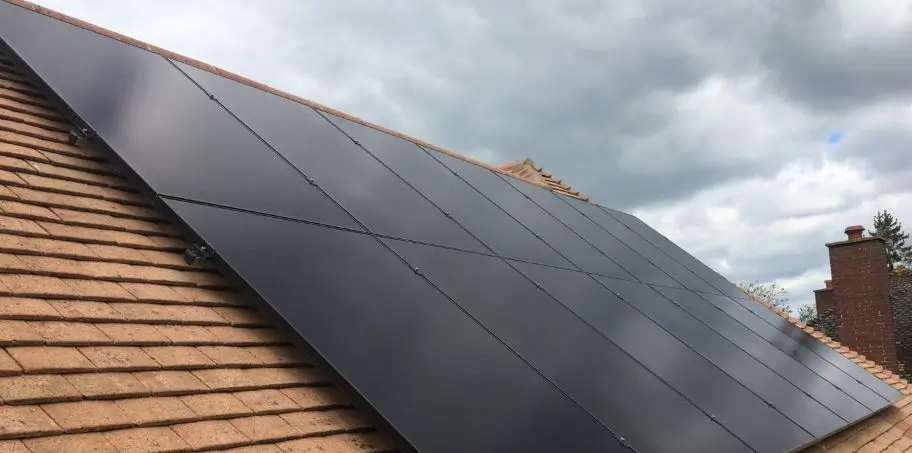
Cost of Solar Panels in Nigeria
The prices of solar panels depend on the type and capacity that you need to power your inverter. Below is the price range of monocrystalline panels:
200w – 540w: 60,000 – 150,000 Naira
Types of Solar Charge Controllers
Solar charge controllers, also known as solar regulators, are essential components of solar power systems. They regulate the flow of electricity from the solar panels to the batteries, ensuring efficient and safe charging. There are different types of solar charge controllers available, each with its own features and functionalities. Here are two common types:
PWM (Pulse Width Modulation) Charge Controllers: PWM charge controllers are one of the most basic and commonly used types. They work by rapidly switching the solar panel’s current on and off, controlling the battery charging process. PWM controllers maintain the battery voltage at a specific level by reducing the charging current when the battery reaches its maximum voltage. They are cost-effective and suitable for smaller solar systems with moderate power requirements.
MPPT (Maximum Power Point Tracking) Charge Controllers: MPPT charge controllers are more advanced and efficient compared to PWM controllers. They use sophisticated algorithms to track the maximum power point of the solar panel array and optimise the energy harvest. MPPT controllers can convert the excess voltage from the solar panels into additional charging current, maximising the charging efficiency.
MPPT charge controllers are generally more efficient, offer higher power handling capabilities, and provide greater flexibility in system design. They are well-suited for larger solar systems with higher voltage panels or when maximising energy harvest is a priority.
Note: MPPT charge controllers are generally more expensive than PWM, but it is worth it.
Best Solar Charge Controller Brands
Another aspect of the solar inverter installation system you must look into is the charge controller brand. Buy from reliable brand so that you won’t have to replace your device within a short period of time.
1: Victron: Quality product from the Netherlands, but expensive.
2: Felicity: Affordable Chinese product.
3: Diamond
Cost of Solar Charge Controller
The price of the MPPT solar charge controller depends on how many amps you need.
30a – 60a: 55,000 – 110,000 Naira
Standalone Inverter vs Hybrid Solar Inverter
Choosing between a hybrid solar inverter and a standalone inverter that requires buying a charge controller is hard for many. I personally prefer a standalone inverter because most hybrid inverters in the Nigerian market use a PWN charge controller.
It is better to charge your battery independently using a solar charge controller than the power from the panels going through the inverter to charge the battery. If you do not have a DC surge protector and there is an issue coming from the panel due to lightning, it may affect both the inverter and battery, but with a standalone, you can easily install a charge controller and control the flow of things.
Key Points: Solar Inverter System
When buying any of the major tools needed for the solar inverter setup, ensure that you are given the one with the following configuration for better performance.
Inverter: Pure Sine Wave
Solar Charge Controller: MPPT
Solar Panels: Black Monocrystalline Panel
How to Setup a Solar Inverter System for Home and Office
There are different things to consider before setting up the solar inverter system for your home or office.
Factors to consider before installing a solar inverter system
Load: This is the first thing to factor in. You need to know the number of appliances you need to keep running all the time to determine the capacity of the inverter you need to install.
Average User
Most people need solar systems to power their essential appliances like refrigerators, freezers, bulbs, TV, decoder, fan and phones & tablets. For people who fall under this category, a 1kva – 3kva inverter is what you need.
Tell your solar installer to isolate the heavy appliance sockets in your apartment so they will not tap power from the inverter to avoid overload that may cause harm to the inverter.
Heavy User
This is for people who want to power much more than the average user. Those who want to power heavy appliances like air conditioners, hot plates, water heaters, etc. You need 5kva – 20kva.
Note: 1kva inverters are most 12volts which requires a minimum of one battery; this is because 100ah – 220ah batteries are 12volts while most 1.5kva and above inverters are 24volts and require a minimum of 2 batteries (12v each) to function.
Budget: How much are you willing to put into this setup to have an uninterrupted power supply? Your load is proportional to the setup cost; if you are on a low budget, you go for an average user inverter range and upgrade later in the future.
How Much Does Solar Cost in Nigeria?
The cost of setting up a full solar inverter system depends on your load. For an average user with 1kva – 3kva, you need between 1,000,000 – 1,600,000 Naira using either SMF or tubular battery while 5kva and above needs from 2,000,000 Naira and above.
Plan B: If the cost is too much for you, the best is to install only the inverter and batteries and charge with power from the power from electricity distribution company (NEPA) and buy panels together with the solar charge controller later when you have the money. With about 6 hours of electricity daily from your electricity distribution company, you will be able to charge your batteries for use when the power is off.
Is Solar Worth It in Nigeria?
Factoring in the epileptic power supply and high cost of fuel and diesel in Nigeria, solar is truly worth it. The setup cost is what discourages a lot of people. When you calculate the yearly cost of running a generator, you will discover that solar (green energy) is far more economical and better.
Installing a solar inverter system is the best thing you can do this year for your home or business.
Solar Inverter System Tips
1. If you want to use power from the electricity distribution company (NEPA) to charge your batteries through the inverter, use a stabilizer. The stabilizer will stabilize the voltage before feeding the inverter. It also protects your inverter from power surges. If the stabilizer is costly for you, get AC surge protector.
2. Do not use solar to charge your batteries without DC surge protector.
3. Keep the solar inverter system away from the reach of children.
4. Turn off the inverter immediately after the low battery beeps. It is not advisable to run down the battery completely.
5. Avoid water close to the system.
6. If you are on an estimated bill, prioritize charging from AC source (NEPA).
7. Avoid charging your battery through the inverter using a generator set.

